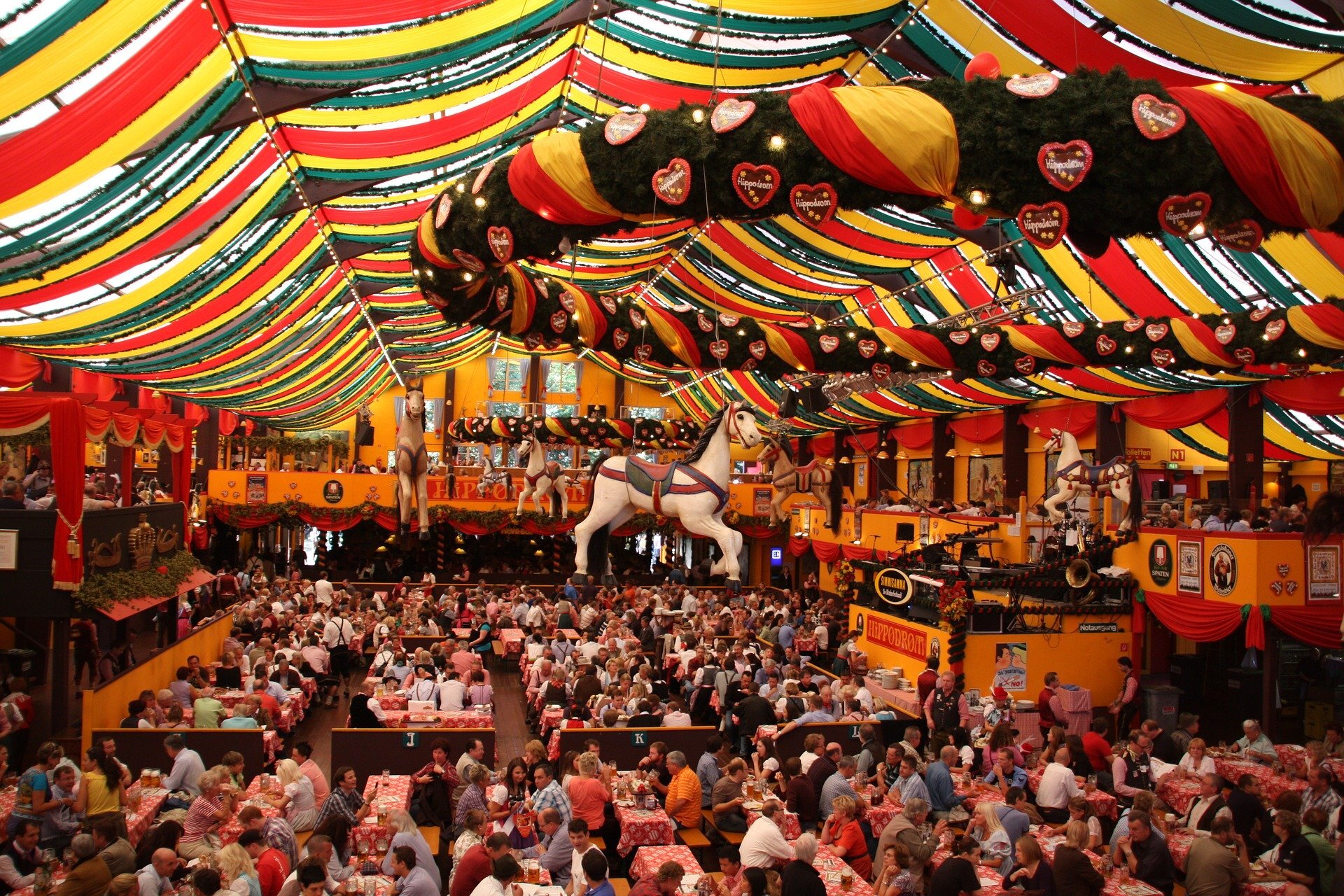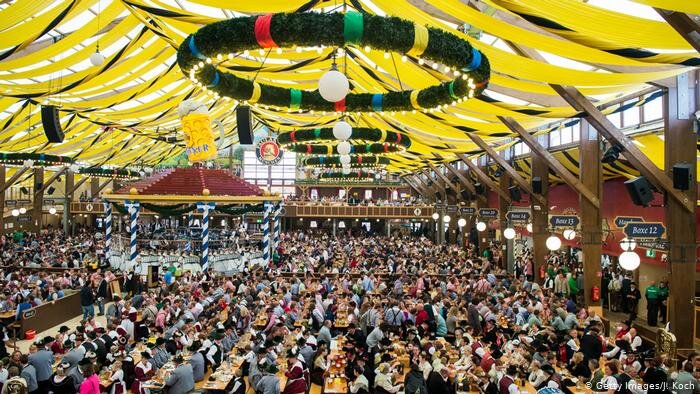
Welcome to the largest Volksfest (beer festival and traveling funfair) in the world: Oktoberfest. It takes place every year in Munich, Bavaria, Germany, during which time, more than six million people from all over the globe visit the 16 to 18-day folk festival, which runs from mid- or late September through the first Sunday in October.
It is known as d'Wiesn by locals, after the vernacular name for the fairgrounds, Theresienwiese. Oktoberfest, which has been hosted every year since 1810, is a significant aspect of Bavarian culture. Oktoberfest celebrations are held in places all over the world, and they are fashioned after the original Munich event.
Large amounts of Oktoberfest Beer are consumed during the occasion. In 2013, for example, 7.7 million litres were served throughout the course of the 16-day festival. Amusement rides, sidestalls, and games are among the many activities available to visitors. There is also a large selection of traditional cuisine. Munich's Oktoberfest was first held in the 16 days leading up to the first Sunday in October.
As a result of German reunification in 1994, this long-standing schedule was altered. As a result, if the first Sunday in October happens on the 1st or 2nd, the event will continue until the 3rd (German Unity Day). As a result, the celebration now lasts 17 days when the first Sunday is October 2nd, and 18 days when the first Sunday is October 1st. In 2010, to commemorate the event's bicentennial, the festival lasted until the first Monday in October.
One has to attend the Munich Oktoberfest three or more times to appreciate its appeal to so many people living in Bavaria and all over the world. For a change, there's the thrill of roller coasters, loud pop music from go cart pavilions or shooting galleries, the sweet aroma of popcorn, roasted almonds, or cotton candy, and the savory aroma of Bratwurst mit Pommes Frites (grilled sausages with french fries), Steckerlfisch (grilled fish on a stick), or Brathendl (rotisserie chicken).The Oktoberfest amusement park is a hit with kids from morning to afternoon, teens and tweens from late afternoon to midnight, and adults–some of whom are drunken–from midnight to the small hours.

At the festivities, you can spot celebrities like Kim Kardashian and Katie Perry in dirndls, Leonardo di Caprio in lederhosen, Boris Becker and Steffi Graf, Bayern Munich soccer players, and a slew of politicians, pop stars, actors and actresses, high nobility, industry captains, and fashion models in upscale, "chic" beer tents like the Hippodrom, Käfer's Weinzelt, and a slew of politicians. In any way, the Munich Oktoberfest's strongest feature is its longevity. Crown Prince Ludwig – later King Ludwig I – staged a large feast in the heart of town to commemorate his marriage to Princess Therese of Bavaria 202 years ago. Munich residents enjoyed hose races, marching bands, carnival rides, and free beer and food.
This party has survived price rises in beer, revolutions, and significant wars for the next 150 years, and remains a staple of the German cultural calendar for which people have not yet developed a hangover.
BY MUHAMMAD SHAHZAIB TAHIR AWAN (PAKISTAN) | CLASS OF 2022
